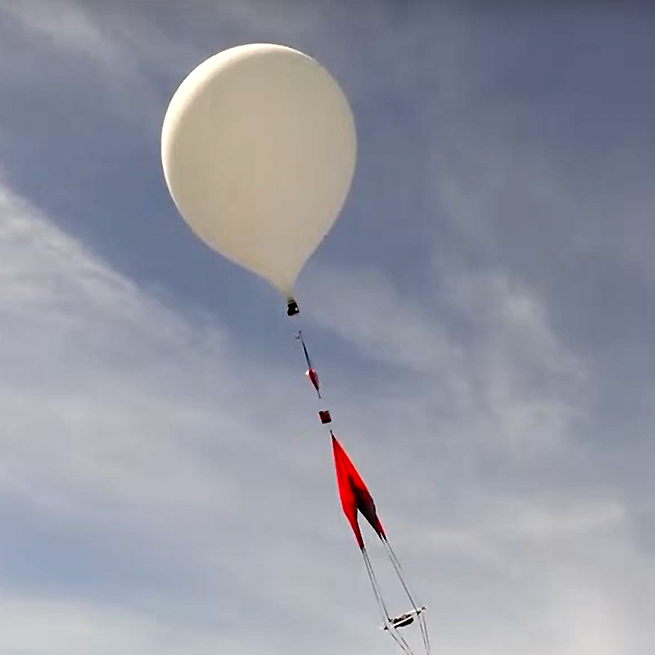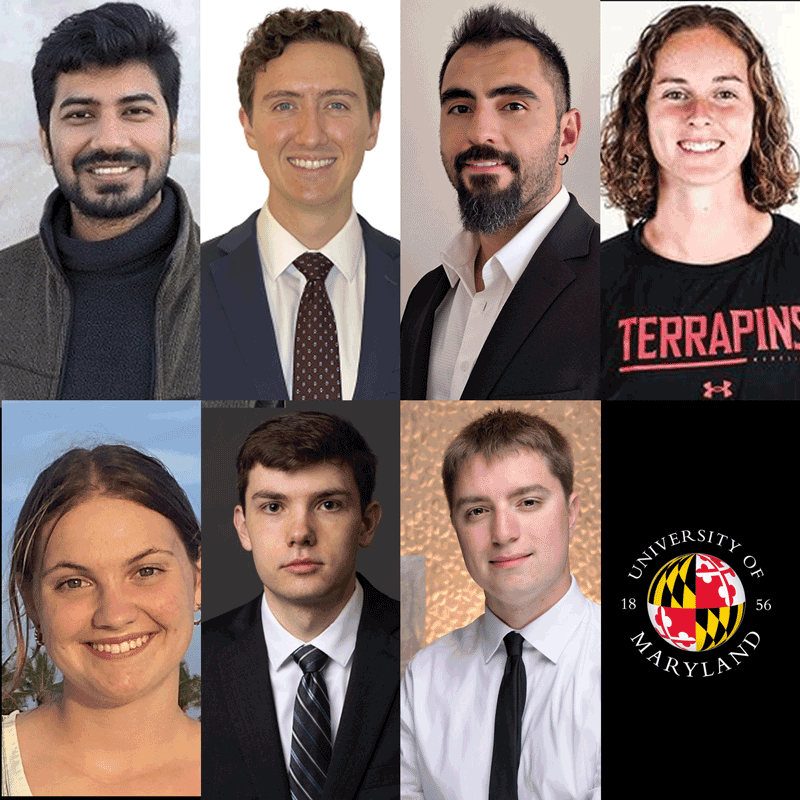News Story
NSF-Funded Project Provides Insight into Animal Behavior
The University of Maryland, in collaboration with the National Geographic Society and Princeton University, has completed its first trial of a new data gathering system aimed at protecting endangered species. The project, “Remote Imaging of Community Ecology via Animal-borne Wireless Networks,” is funded by a $1.8M grant from the National Science Foundation.
Led by Clark School Associate Professor Nuno Martins (ECE/ISR), the goals of the project are to learn how to design and optimize algorithms for devices that monitor animal behavior, and to better understand and model the mechanisms of social interaction.
With the help of animal experts from the Smithsonian Conservation Biology Institute, 10 white-tail deer in the Shenandoah Valley region of Virginia were outfitted with a collar of wireless devices to capture video, sound, geo-location data, and other information. For 12 days, the networked devices recorded the animals' geographical location once per minute, and when the deer came within 30 feet of each other, audio and video recordings were triggered to capture interactions.
The data retrieved from the devices was analyzed to classify normal behavior, such as looking for food, versus more unusual behavior, like fleeing from a predator. This information will help researchers better calibrate the devices for the next phase of testing, when the video and audio recording will only be triggered by unusual events. The ultimate goal is to build collar devices to be worn by a variety of small and large prey and predator animals, such as bears, coyotes, bobcats, and caribou, to record moments of predation, giving scientists a better understanding of wild species behavior.
Learn more about the NSF-funded project here.
Published December 20, 2013









